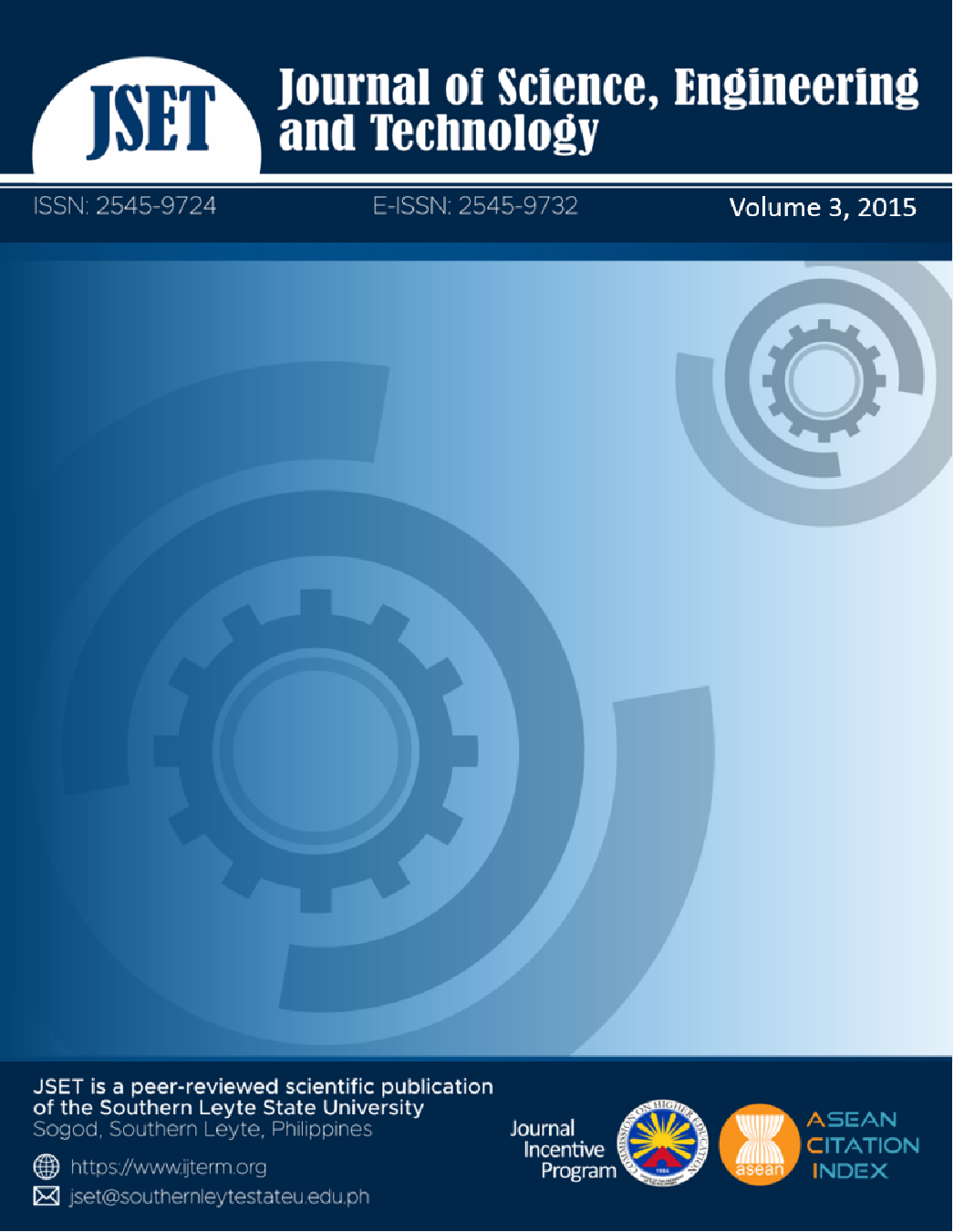Growth of Lactic Acid Bacteria In Probiotic Purple Cheese From Carabao’s Milk
DOI:
https://doi.org/10.61569/01474n73Keywords:
purple yam (Dioscorea alata L.), response surface methodology, contour plots, Streptococcus thermophilus, Lactobacillus delbrueckii subsp. bulgaricusAbstract
“Kesong puti,” a local variety of soft cheese, is known in some parts of the Philippines but it is less acceptable in the Visayan region. The incorporation of sweetened purple yam is seen to improve the cheese’s flavor and overall appeal. The addition of probiotic starter curter was intended to produce a probiotic flavored cheese with viable number of live microorganisms. This study was conducted to evaluate the growth of live lactic acid bacteria (LAB) on the flavored cheese. It also determined the formulation and processing condition that produced sufficient level of live microorganisms on the probiotic product to deliver its intended effects. Results of the study revealed the microbial count to be generally high, exceeding 106 cfu/g, in the treatments incubated at 44°C for 15 hours and treatments with low concentrations of salt. The incubation period showed a direct relationship with the microbial count. Growth of LAB increased with the corresponding increase of the incubation period. Salt, however, offered an inverse relationship with the microbial count. At constant incubation time, treatment with 1.0% salt concentration produced higher bacterial growth than treatments with 2.5% and 4.0% salt.
Downloads
Published
Issue
Section
License

This work is licensed under a Creative Commons Attribution 4.0 International License.
This is an open access article distributed in accordance with the Creative Commons Attribution 4.0 Unported (CC BY 4.0) license, which permits others to copy, redistribute, remix, transform and build upon this work for any purpose, provided the original work is properly cited, a link to the license is given, and indication of whether changes were made. See: Creative Commons Attributions 4.0 International License.








